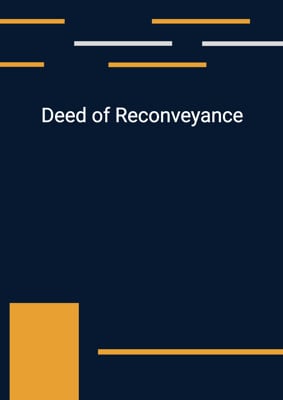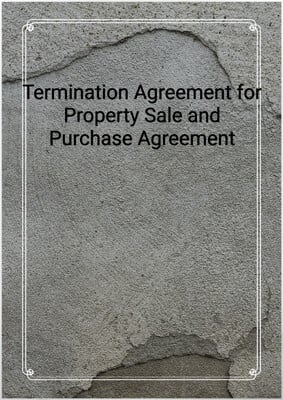How to Tailor the Document for Your Need?
01
Create Document
Fill in the details of the parties. You can click the "Fill with Member’s Information" button to complete it with information saved to your account.
02
Fill Information
Please fill in any additional information by following the step-by-step guide on the left hand side of the preview document and click the "Next" button.
03
Get Document
When you are done, click the "Get Document" button and you can download the document in Word or PDF format.
04
Review Document
The document should be signed by the authorised signatory (or directors of a company) and witnessed to complete the formality.
Document Preview
Document Description
The Beneficiary Deed is a legal document that allows the owner of a property to transfer ownership of the property to a designated beneficiary upon their death. This document is commonly used to avoid probate and ensure a smooth transfer of property to the intended beneficiary.
The document begins with a clear statement of the owner's intention to grant and convey the property to the beneficiary. It includes the full name of the owner and the beneficiary, as well as a description of the property, including the property address and the legal description.
The document specifies that the transfer is intended to be a transfer on death deed under the laws of the jurisdiction state. This means that the transfer will only become effective upon the death of the owner. Until that time, the owner reserves the right to revoke or change the deed without the consent of the beneficiary.
In the event that the beneficiary predeceases the owner, the beneficiary deed becomes null and void. This ensures that the property will not pass to a beneficiary who is no longer alive.
The document concludes with the execution of the deed by the owner. The owner's full name and signature are included, as well as a notary acknowledgement. The notary public certifies that the owner personally appeared before them and acknowledged the execution of the deed.
Overall, the Beneficiary Deed is a crucial legal document that allows for the efficient transfer of property to a designated beneficiary upon the owner's death. It provides clear instructions and safeguards to ensure that the transfer is carried out according to the owner's wishes.
How to use this document?
1. Clearly identify the owner and beneficiary: Enter the full name of the owner and beneficiary in the designated sections of the document. This ensures that both parties are clearly identified.
2. Describe the property: Provide a detailed description of the property, including the property address and the legal description. This ensures that the property being transferred is accurately identified.
3. Specify transfer on death deed: State that the transfer is intended to be a transfer on death deed under the laws of the jurisdiction state. This ensures that the transfer will only become effective upon the death of the owner.
4. Reserve the right to revoke or change the deed: Include a clause stating that the owner reserves the right to revoke or change the deed at any time without the consent of the beneficiary. This provides flexibility to the owner.
5. Nullify the deed if beneficiary predeceases the owner: Include a clause stating that the beneficiary deed becomes null and void if the beneficiary dies before the owner. This ensures that the property does not pass to a deceased beneficiary.
6. Execute the deed: Have the owner sign and date the deed in the presence of a notary public. This ensures the validity of the deed.
7. Notary acknowledgement: Have the notary public acknowledge the execution of the deed by the owner. This provides additional legal validity to the document.
By following these steps, you can effectively use the Beneficiary Deed to transfer property to a designated beneficiary upon your death.
Not the right document?
Don’t worry, we have thousands of documents for you to choose from:














